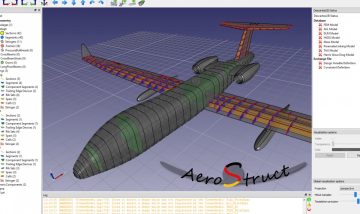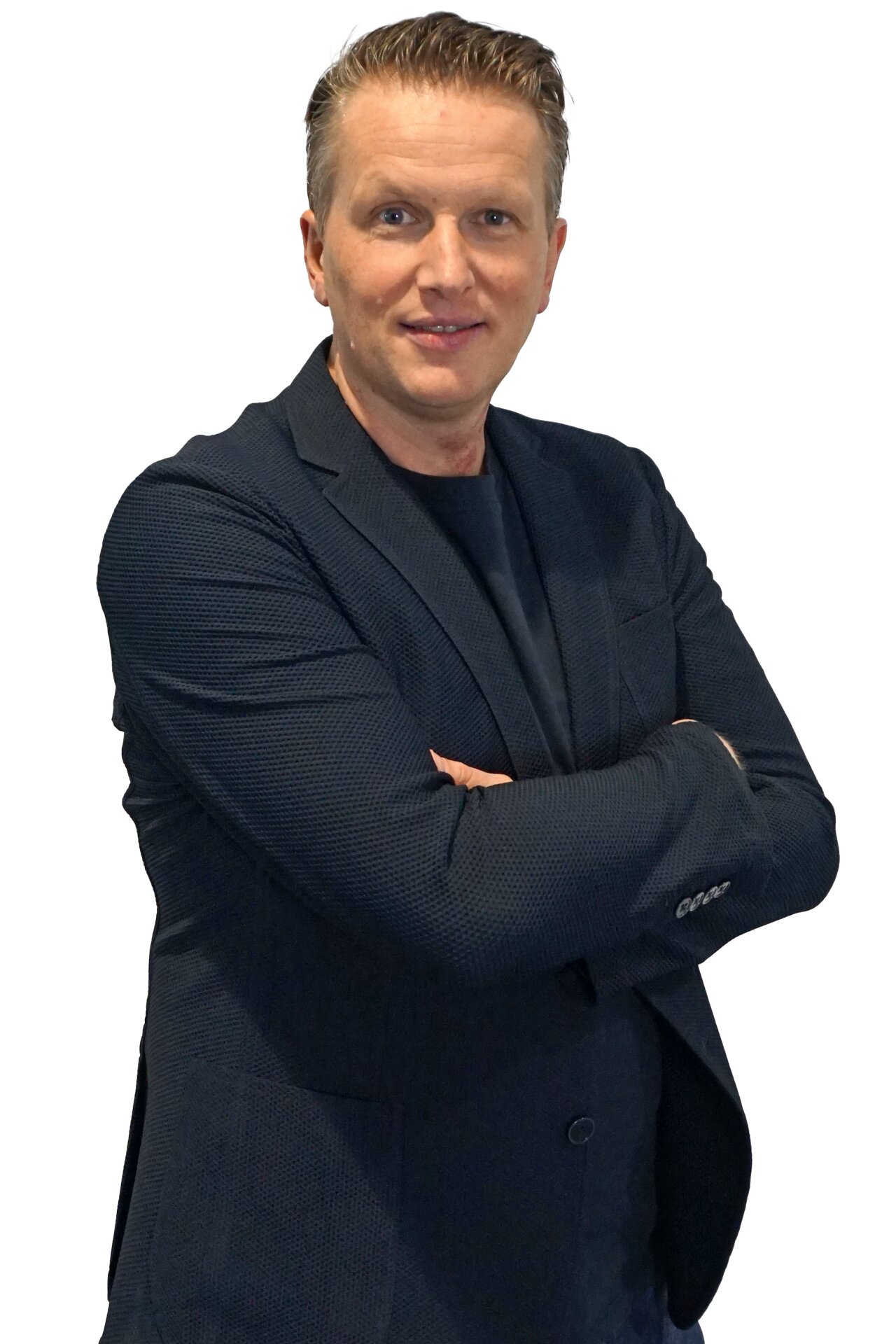PIONEER NOW.
Pioneer now.
We are pioneers in the broad field of Approved Applied Algorithmic Intelligence, having embarked on this path more than 30 years ago. Follow us in the footsteps of great pioneers and find out how they laid the foundations for what we do.

Leonardo da Vinci (1452–1519)
Universal scholar
From the first flying machines to software for aircraft components
Leonardo da Vinci and multidisciplinary structural optimization
Leonardo da Vinci’s real name was Lionardo di ser Piero. Born in 1452 near Vinci in Tuscany, he grew up with his grandparents. At the Sforza court in Milan, he worked as a painter, sculptor, architect, and engineer. Back in Florence, he not only painted his “Mona Lisa” but also other important works of the Renaissance.
However, his work went far beyond the artistic – he is now considered the most significant universal scholar of all time.
With his thirst for knowledge, he advanced disciplines such as anatomy, mechanics, materials science, and aerodynamics. His sketches and plans for revolutionary flying machines still generate excitement today, as he was far ahead of his time. Over 400 years later, Jonathan S. Turner, among others, drew on Leonardo’s findings. The computer scientist from St. Louis developed efficient algorithms for optimizing data structures starting in the 1980s.
At RISC in Hagenberg, we follow in the footsteps of this software pioneer as we work on innovative software solutions for our customer projects – such as for multidisciplinary structural optimization or for the proof of aircraft components in mechanics, aerodynamics, and thermodynamics for AIRBUS.
To the projects
RISC HAGENBERG. Pioneer now.

Ada Lovelace (1815–1852)
Mathematician and computer pioneer
From the first computer program worldwide to AI-driven software solutions
Ada Lovelace and Approved Applied Algorithmic Intelligence
Augusta Ada King-Noel was a young aristocrat who enjoyed attending the opera or riding horses. Moreover, from a young age, she delved into the world of mathematics, encouraged by her mother who wanted to keep her away from poetry, which her father, Lord Byron, was entirely devoted to.
Ada became a mother of three children and intensively studied the works of the ancient scholar Euclid, as well as learning from the logician Augustus de Morgan. She had close exchanges with astronomer Mary Sommerville and natural scientist Charles Babbage, who would go down in history as the architect of the first computing machine.
For this machine, the young Countess Lovelace essentially developed the first computer program. With her calculation of the Bernoulli numbers, Ada was ahead of her time, and today she is regarded as a pioneer of computer programming and a female symbol of computer science. Ada Lovelace passed away at the age of 36 in 1852.
137 years later, the success story of RISC in Hagenberg began. We follow in Lovelace’s footsteps as we develop and optimize custom software models for pioneers in logistics, production, science, and medicine based on mathematical models, symbolic computing, simulation processes, and AI. As pioneers of Approved Applied Algorithmic Intelligence, we continually explore new territories, just as Ada Lovelace did.
RISC HAGENBERG. Pioneer now.

Richard Feynman (1918–1988)
Physics Nobel Prize Winner
From the interaction between elementary particles to connecting quantum computers with machine learning
Richard Feynman and the logic of the quantum world
Richard Phillips Feynman was born in 1918 in Queens, New York. As a teenager, he enjoyed tinkering with electrical devices and earned pocket money by repairing radios. After studying physics at MIT, he earned his Ph.D. at Princeton University. His involvement in the Manhattan Project to develop the atomic bomb is still debated today.
Feynman is regarded as one of the most significant American physicists and one of the most influential scientists of the 20th century – especially due to his research on quantum field theory. For his groundbreaking work on quantum electrodynamics, he was awarded the Nobel Prize in Physics in 1965, alongside Shin’ichirō Tomonaga and Julian Schwinger. As a university professor, he was known for his ability to explain complex physical concepts in an engaging manner. He also wrote several popular science books and played a key role in investigating the Challenger disaster of 1986.
His influence on modern physics and his ability to make science accessible make him a fascinating figure in the history of science. His Feynman diagrams for representing interactions between elementary particles had a major influence on the development of modern physics – they are still regarded as foundational in quantum electronics.
At RISC in Hagenberg, we are constantly following in Feynman’s footsteps: In collaboration with the institute of Johannes Kepler University, specializing in symbolic computing, we are continuously advancing modern mathematics – with tangible benefits for our customers and society. One example of many: In the research project QML4Med, we explore the potential of combining quantum computers and machine learning in the medical context – funded by the Austrian Research Promotion Agency.
RISC HAGENBERG. Pioneer now.

Emmy Noether (1882–1935)
Mathematics genius
From the theory of the foundation of modern algebra to innovative optimization models
Emmy Noether and the elegance of mathematical structures
Amalie Noether, called Emmy, was born in March 1882 in Erlangen. Her father was a mathematics professor, and her younger brother later became a well-known mathematician. Young Emmy, however, was not familiar with the world of numbers – she enjoyed dancing, playing the piano, and initially became a teacher of English and French. This degree paved her way to university. Once women were allowed to study in Bavaria in 1903, she decided to study mathematics. Not only as a young woman but also as a Jew, she faced resistance from the start.
Despite all the obstacles, Emmy did not let them deter her – and with success. She became the first mathematics professor in Germany and is now regarded as one of the most important mathematicians of the 20th century and the founder of modern algebra – her research results were groundbreaking for the development of mathematics and theoretical physics. She is known for her theory of rings, fields, and algebras. Her Noether theorem links symmetries of physical laws with the existence of associated conservation laws – it can also be used to calculate the entropy of black holes. In 1933, Emmy had to flee to the USA from the Nazis.
Noether’s work in modern algebra is still the foundation of many mathematical tools used in optimization, such as linear and nonlinear programming. At RISC in Hagenberg, we follow in Emmy’s footsteps today, developing innovative mathematical models as representations of reality, to sustainably optimize areas of business such as production
“`
planning, inventory control, logistics, fault management, or personnel planning for our customers.



